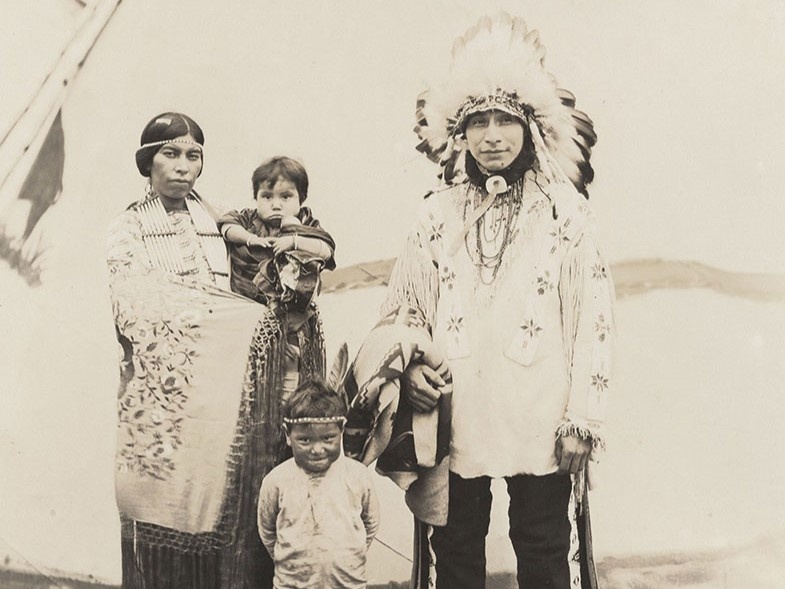November is National American Indian Heritage Month, also known as Native American Heritage Month. While different single-day observations began across the country early in the 20th century, it was in 1990 when President George H.W. Bush signed a joint resolution designating the month. Subsequent presidents have issued similar proclamations annually since 1994.
The City of Philadelphia is on land originally home to and cared for by Native Americans, including the Lenni-Lenape People of Lenapehoking and the Poutaxat (Delaware Bay).
Language is an essential part of any culture and a point of pride for its people. Estimates show between 300 and 500 different Native American languages were spoken across the continent. Most of these languages have been lost through colonization, assimilation, and time. Today, there are 574 federally recognized tribes, and only an estimated 150–170 Native languages are still spoken among them.
There is a real threat of these remaining languages being wiped out, as data shows only 20 possibly still existing by 2050. There are movements throughout the country to teach and continue this integral part of Native American culture. One example of modern preservation is the Northern Cheyenne Tribe and San Jose State University’s Seeking Immortality partnership. Their language and culture are being preserved through virtual technology for both their own people and anyone interested in learning more about them.
A great way to observe Native American Heritage Month is to learn a Native American language! The Free Library’s language learning collection and your library card can get you started in your journey.
Oneida-English/English-Oneida Dictionary
Oneida is an endangered Iroquoian language spoken fluently by fewer than 250 people. This is the first comprehensive dictionary of the Oneida language as used in Ontario, where most of the surviving speakers reside. The dictionary contains both Oneida-English and English-Oneida sections. A work of enormous precision and care, it incorporates many innovative ideas and shows a deep understanding of the nature of the Oneida language.
100 Days of Cree by Neal McLeod
As an Elder once said, "Learn one Cree word a day for 100 days, and emerge a different person." In 100 Days of Cree, Neal McLeod offers a portal into another way of understanding the universe Based on a series of Facebook posts, the 100 short chapters or "days" in the book present chains of related words, some dealing with the traditional — the buffalo hunt, the seasons — and others cheekily capturing the detritus of modern life, from internet slang to Johnny Cash songs to Viagra.
A Navajo/English Bilingual Dictionary: áłchíní bi naaltsoostsoh
Intended primarily for Navajo children learning to read and write the language in bilingual classrooms, this picture dictionary presents over 1,500 noun and 330 verb entries, all selected because they are words used in and around the school.
For online learning, check out the Free Library's online resource Mango Languages for language learning lessons in Cherokee, Hawaiian, and Potawatomi through their website or app.
If you’d like to learn more about the history, threats, and status of the languages of Native Americans and Indigenous people, I recommend these sites:
Have a question for Free Library staff? Please submit it to our Ask a Librarian page and receive a response within two business days.




